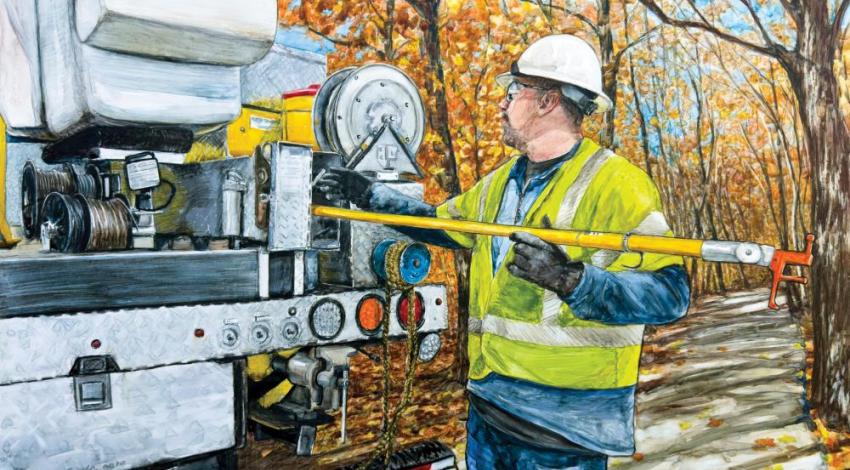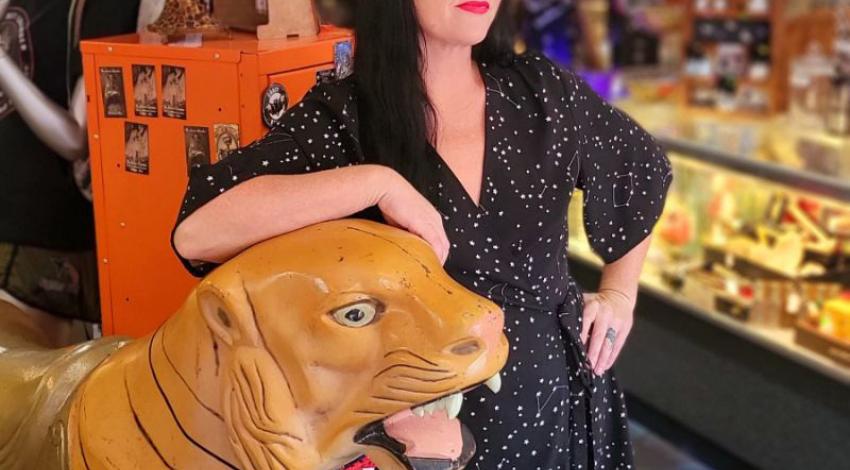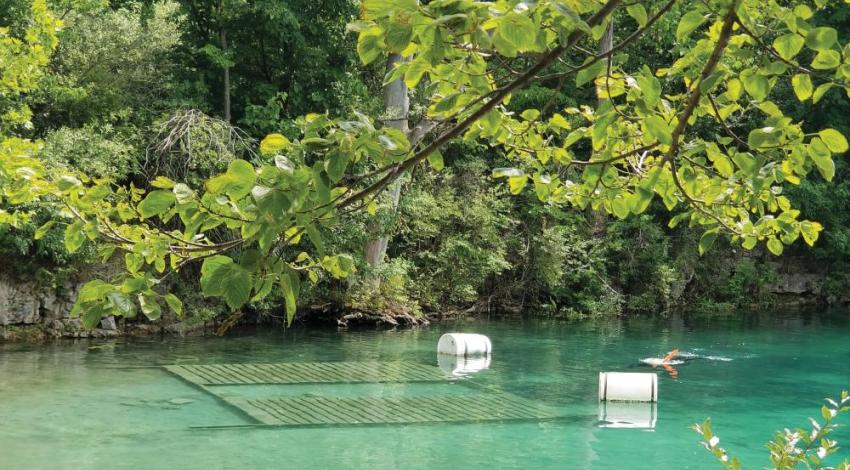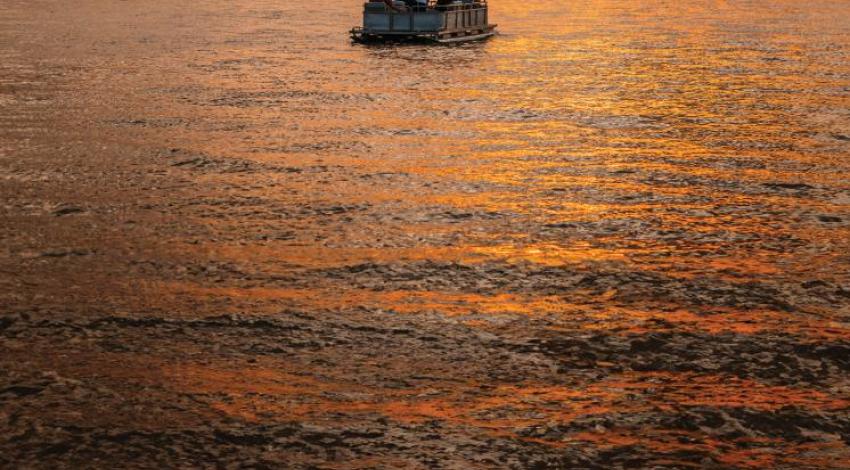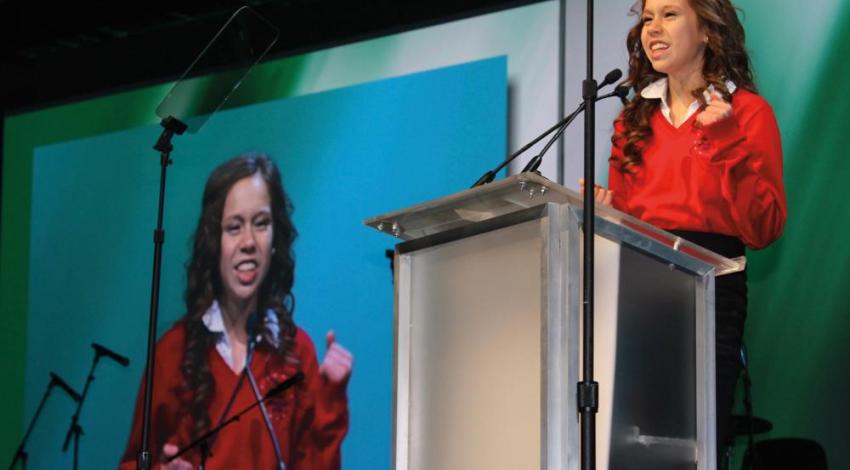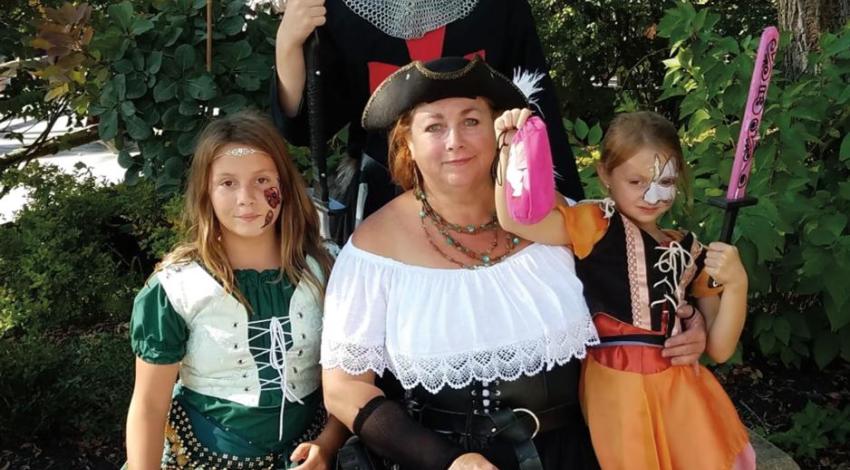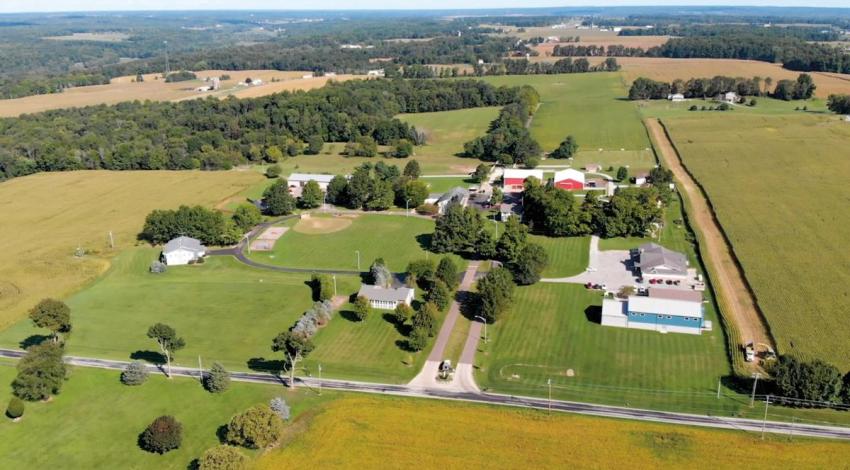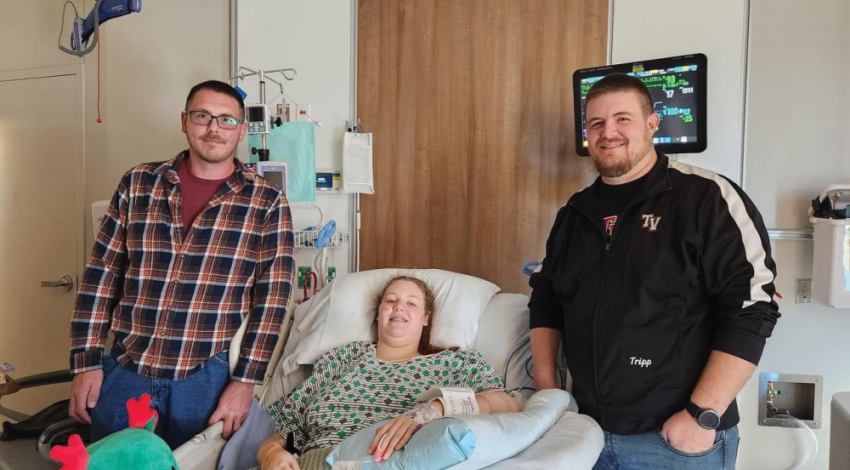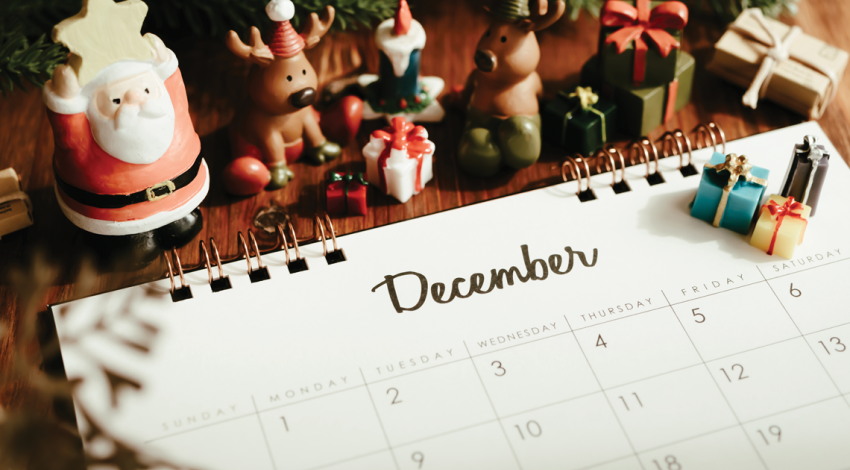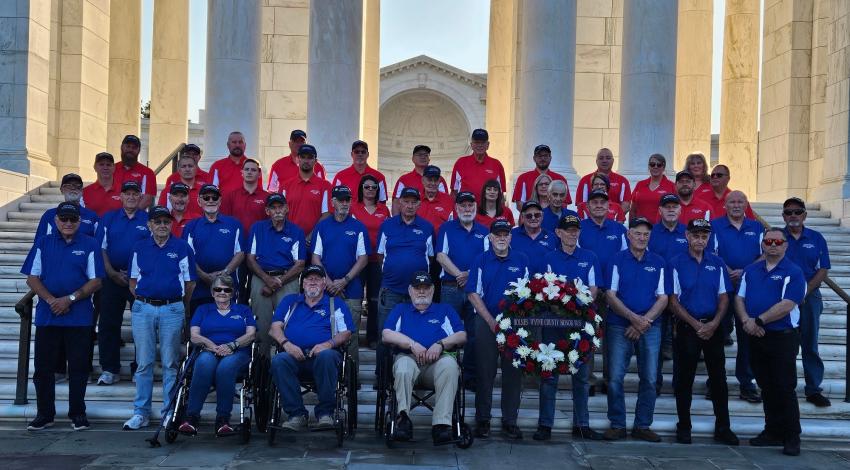On November 14, 1935, nearly 500 people, including local, state, and national dignitaries, gathered in the shadow of the municipal light plant on the west bank of the Great Miami River in Piqua to watch as a wooden pole was set into the ground.
Joslin grew up in Sidney, and moved to Wyoming after high school to be a sheep rancher. After six years, he returned to Ohio to farm, and in 1917, he helped found the Shelby County Farm Bureau, laying the foundation for cooperative action. Reserved but determined, Joslin became known for his ability to earn trust and get results — he was well known for his mantra, “Let’s get it done” — and in 1935 he was the county farm bureau’s president.

